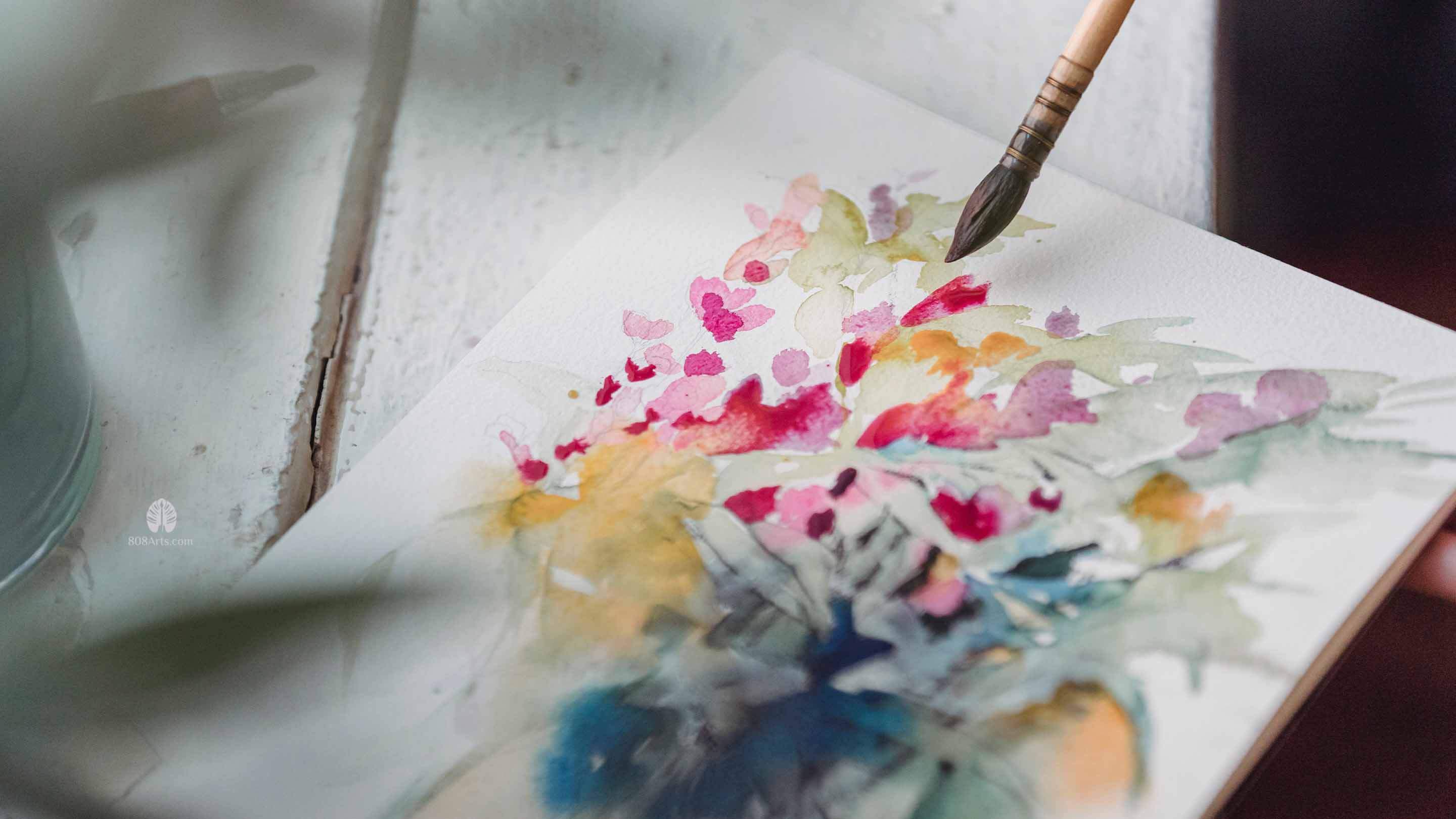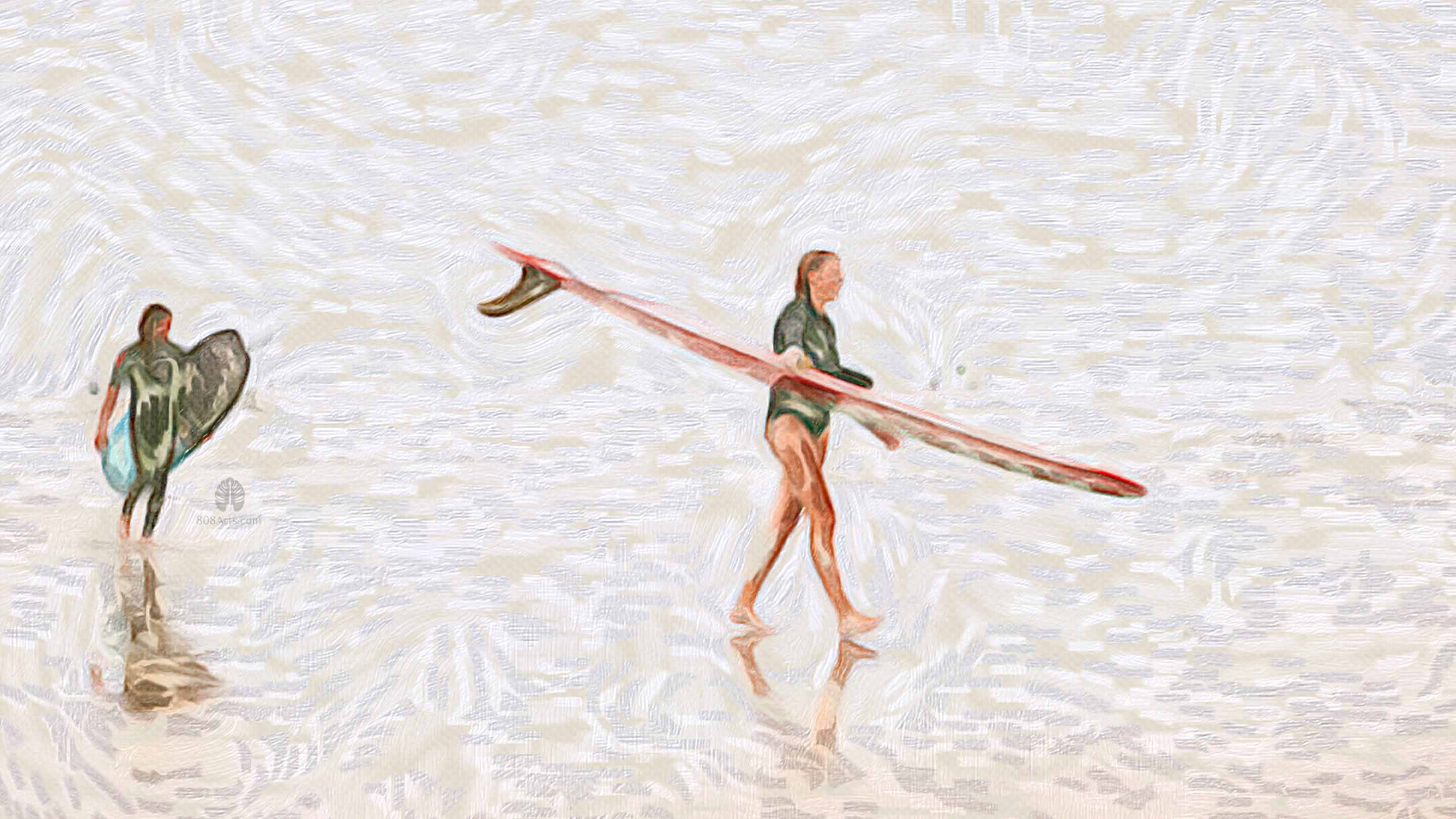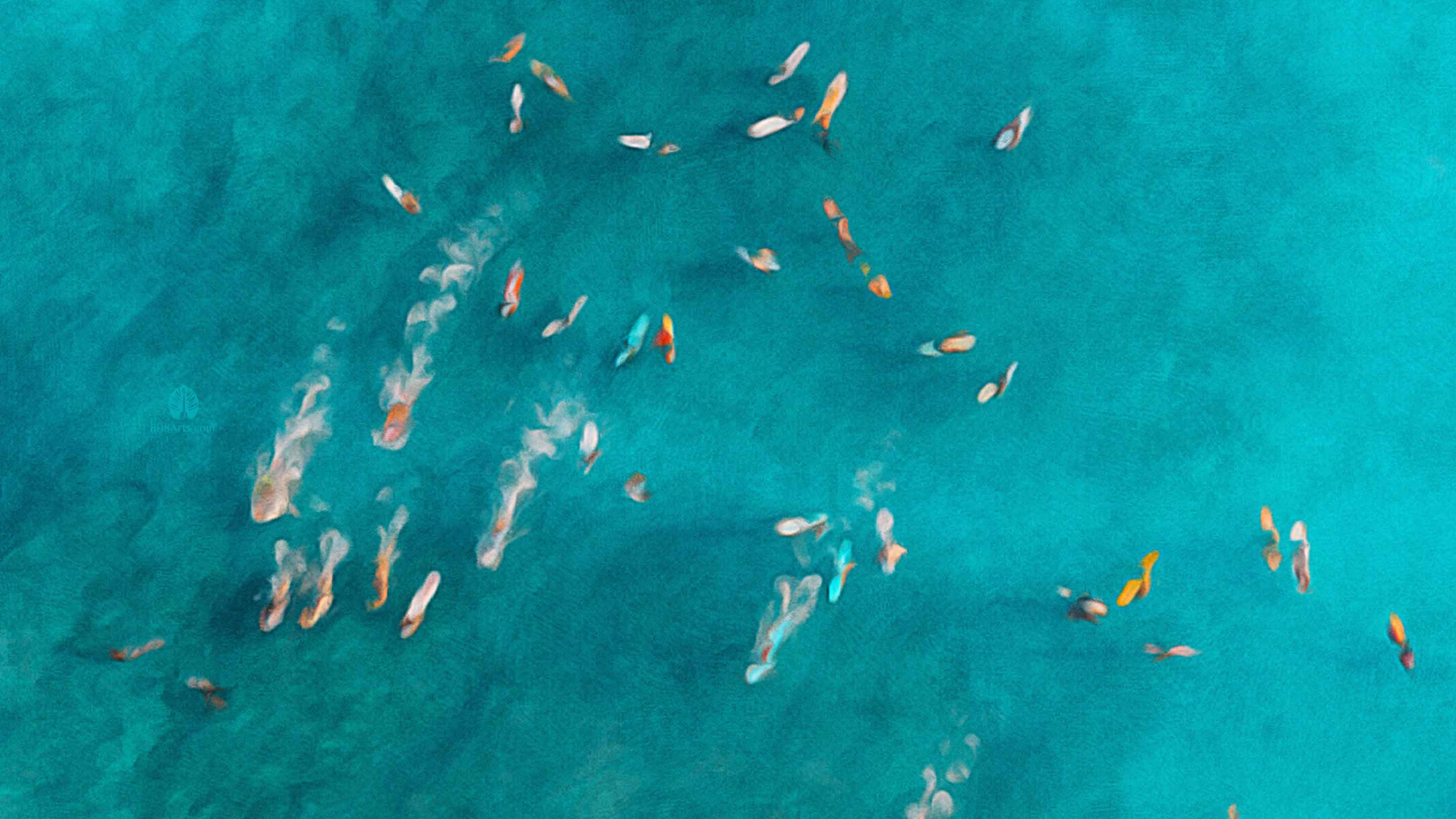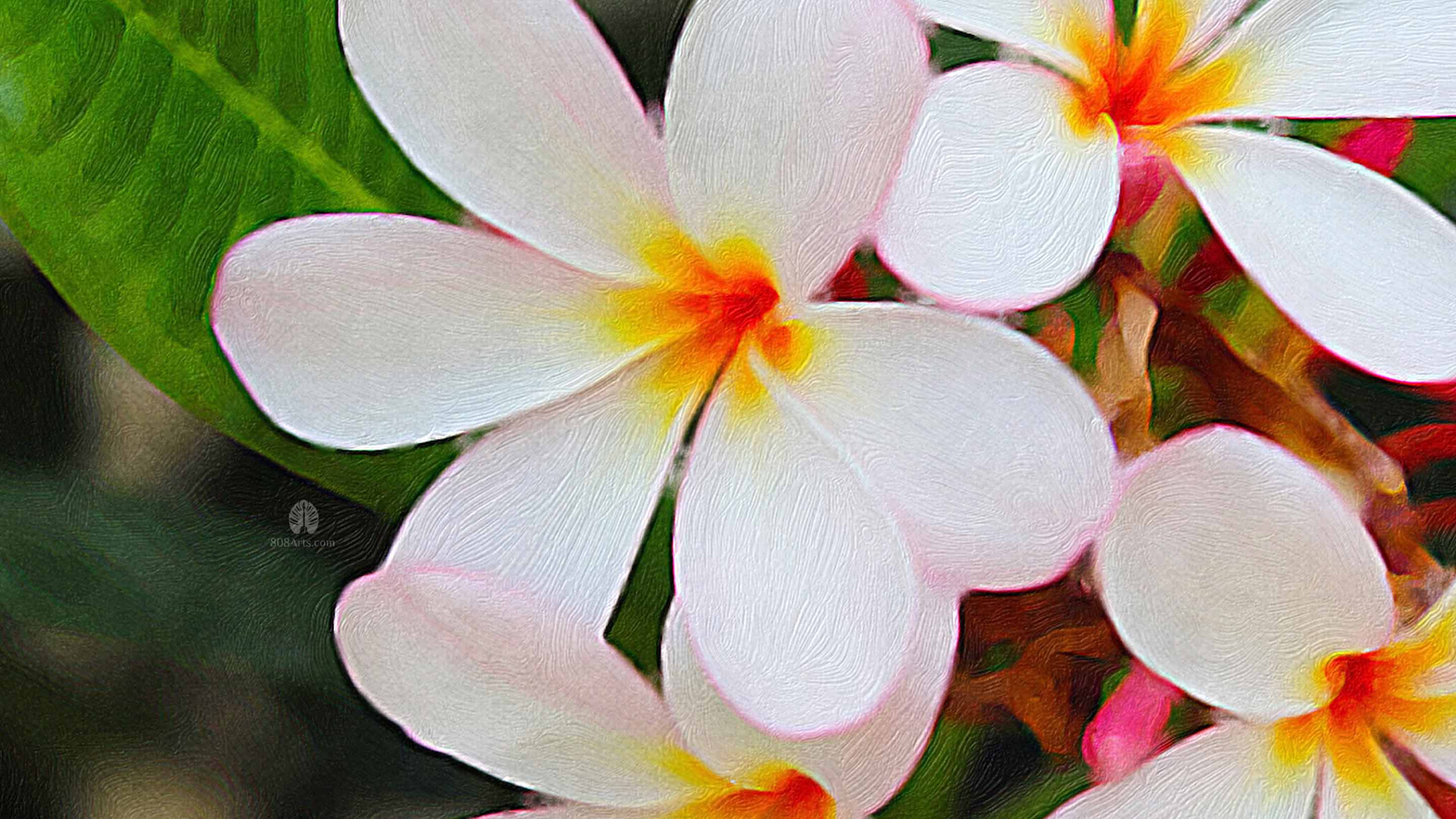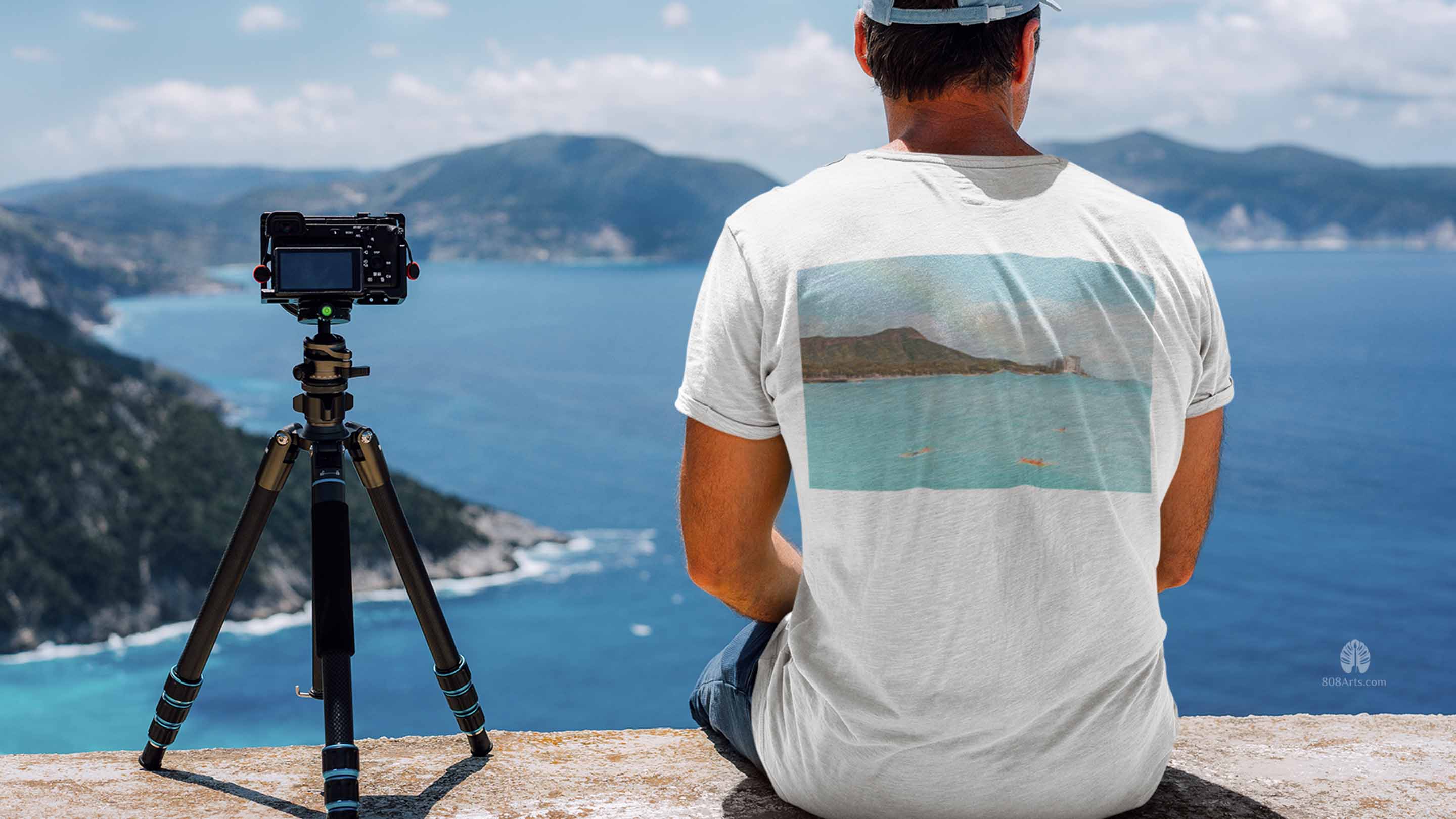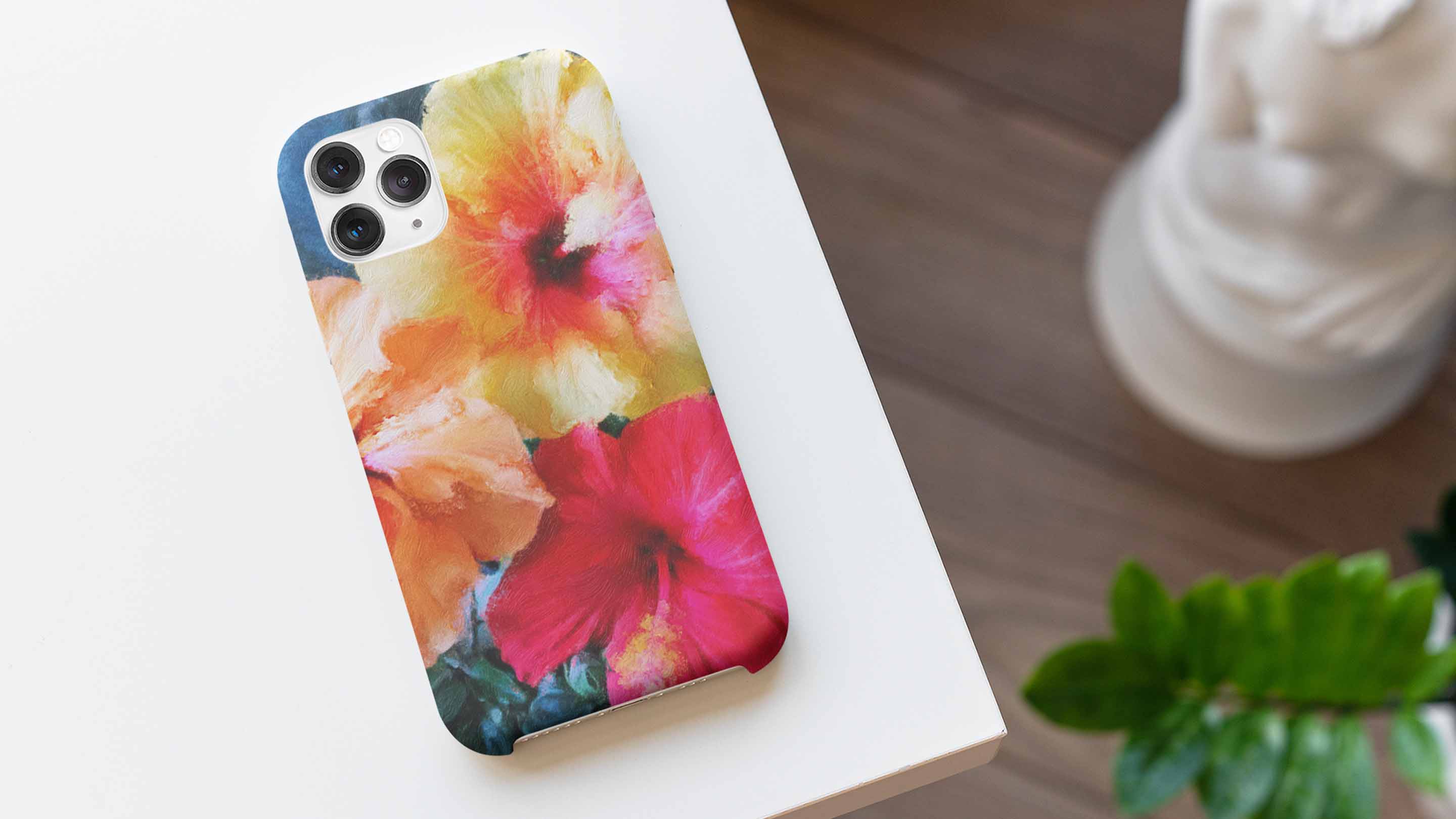A History Of Surfing in Hawaii
Surfing is a sport that has deep roots in Hawaiian culture, with the sport being an integral part of Hawaiian identity. Hawaii is often referred to as the birthplace of modern surfing, and the sport has become synonymous with the Hawaiian Islands. This blog post will explore the history of surfing in Hawaii, from its origins to its current status as a global phenomenon.
Origins of surfing in Hawaii

Surfing, or he'e nalu in Hawaiian, has been a part of Hawaiian culture for centuries. The sport is said to have originated in Hawaii, with early Hawaiians using wooden boards to ride the waves. Surfing was not just a sport for early Hawaiians, it was a way of life. Surfing was a sacred activity, and it was often reserved for Hawaiian royalty. Surfing in Hawaii was seen as a way to connect with the gods, and the waves were considered a physical manifestation of spiritual power.
The first recorded account of surfing in Hawaii comes from the journal of Captain James Cook, who visited the Hawaiian Islands in 1778. Cook observed Hawaiian men and women surfing on wooden boards, and he was fascinated by the sport. Cook described surfing as "the most sublime and beautiful sport in the world."
As European influence began to shape Hawaiian culture in the 19th century, surfing in Hawaii was banned by Christian missionaries who considered it to be a sinful and heathen activity. However, surfing persisted, and by the early 20th century, surfing had become a popular activity among Hawaiian locals.
Duke Kahanamoku: The Father of Modern Surfing in Hawaii
Duke Kahanamoku is often referred to as the father of modern surfing. Born in Honolulu in 1890, Kahanamoku was a Hawaiian native who became a six-time Olympic medalist in swimming. Kahanamoku was also an avid surfer, and he is credited with introducing surfing to the world.
In 1912, Kahanamoku traveled to Australia to compete in a swimming competition. While in Australia, Kahanamoku gave surfing demonstrations and introduced the sport to Australians. Kahanamoku also traveled to California and introduced surfing to the United States. Kahanamoku's surfing demonstrations were a sensation, and he became a global ambassador for the sport.
Kahanamoku's impact on surfing was not just in introducing the sport to the world. Kahanamoku also helped to modernize surfing. He introduced new surfing techniques, such as the use of a smaller board that allowed for more maneuverability on the waves. Kahanamoku also popularized the use of the fin, which allowed surfers to control their boards more effectively.
Surfing in Hawaii: The Golden Age

The 1950s and 1960s are often referred to as the golden age of surfing in Hawaii. During this time, surfing became a mainstream sport, and Hawaiian surfers dominated the international surfing scene. Surfing in Hawaii became a way of life, with surfers devoting their lives to the sport.
Hawaiian surfers such as Eddie Aikau, Gerry Lopez, and Fred Hemmings became household names, and they inspired a new generation of surfers around the world and events like International Surfing Day.
Surfing competitions, such as the Duke Kahanamoku Invitational Surfing Championship, attracted thousands of spectators and helped to further popularize the sport. The Makaha International Surfing Championships, which ran from 1954 to 1971, was another groundbreaking competition that helped to popularize surfing in Hawaii and around the world.
Today, Hawaii hosts some of the most prestigious surfing competitions in the world, including the Vans Triple Crown of Surfing, the Eddie Aikau Big Wave Invitational, and the Pipeline Masters. These competitions attract the best surfers from around the world and offer a chance to witness some of the most exciting and challenging waves in the sport.
The Endless Summer: Surfing Goes Global

In 1966, a documentary film called The Endless Summer was released, which chronicled the travels of two surfers as they chased the perfect wave around the world. The film was a sensation, and it helped to popularize surfing in Hawaii and around the world. The Endless Summer helped to create a global surfing culture, with surfers from all over the world traveling to go surfing in Hawaii on the famous waves and to learn from the Hawaiian surfers.
Surfing in Hawaii Today
Today, surfing remains an integral part of Hawaiian culture. The sport has evolved over the years, with new technologies and techniques being developed to help surfers ride bigger and more challenging waves. Hawaiian surfers continue to dominate the professional surfing scene, with surfers such as John John Florence and Carissa Moore winning world championships and inspiring a new generation of surfers. The sport has also inspired other cultural trends such as the rising popularity of surf art and surfboard art as well as the appreciation for Hawaii surf culture and style.
However, surfing in Hawaii is not without its challenges. As the sport has become more popular, the waves in Hawaii have become more crowded, with surfers jostling for position and competing for waves. There is also concern about the impact of surfing on the environment, with surfers sometimes damaging fragile coral reefs and other marine ecosystems.
To address these challenges, Hawaiian surfers and environmentalists are working together to promote responsible surfing practices and to protect Hawaii's fragile marine environment. This includes initiatives such as beach cleanups, environmental education programs, and efforts to reduce plastic pollution.

Surfing in Hawaii has a rich and fascinating history, from its origins as a sacred activity among Hawaiian royalty to its current status as a global phenomenon. The sport has played a vital role in shaping Hawaiian culture and identity, and it continues to inspire new generations of surfers around the world.
While the popularity of surfing has brought new challenges to Hawaii, including crowding and environmental concerns, Hawaiian surfers and environmentalists are working together to address these challenges and to promote responsible surfing practices. As surfing continues to evolve, it will undoubtedly remain a vital part of Hawaiian culture and a source of inspiration and joy for surfers (and artists!) around the world.
Surfing in Hawaii Surfing in Hawaii Surfing in Hawaii Surfing in Hawaii Surfing in Hawaii Surfing in Hawaii


